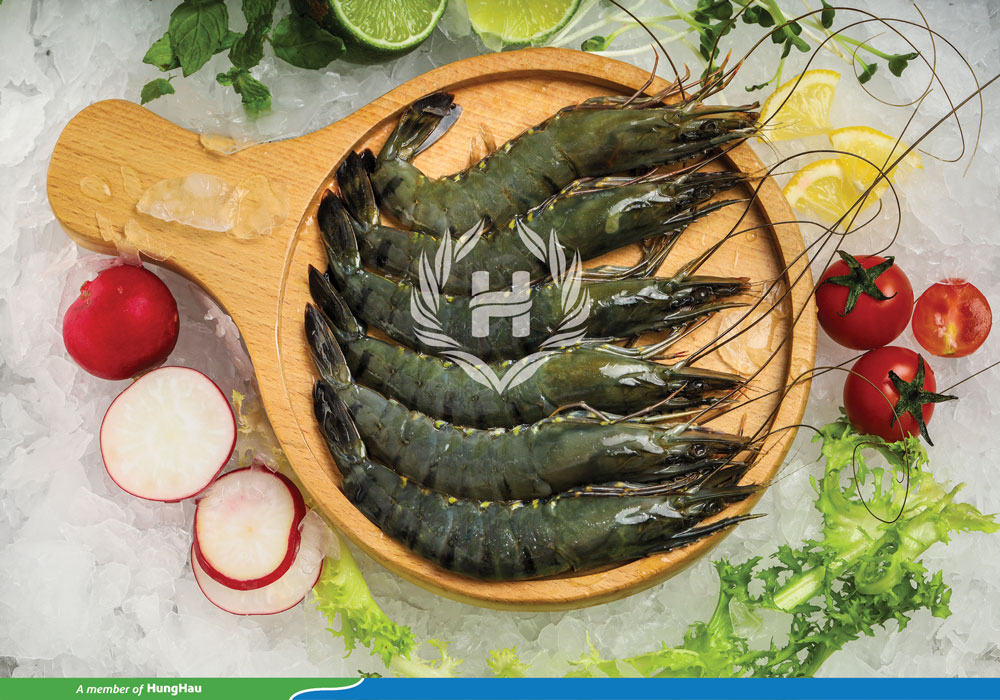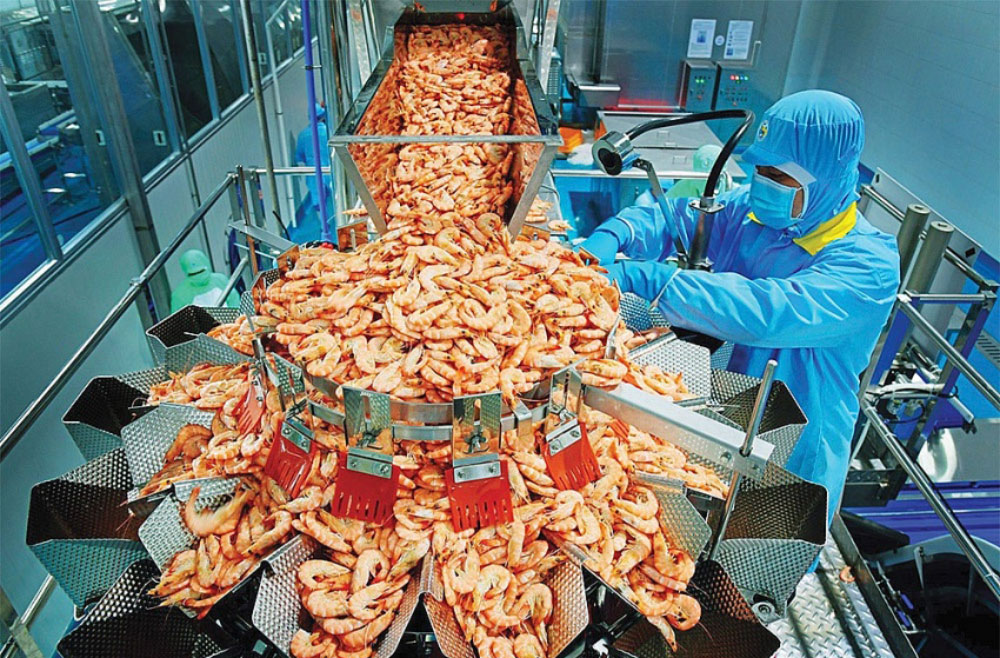Vietnam Seafood
Vietnamese shrimp a gateway to EU market
Amid rising tensions in the Red Sea and the EU’s commitment to remove tariffs, there’s a promising opportunity for Vietnam’s shrimp exports to Europe, albeit with strict conditions ahead.
According to Vietnam Association of Seafood Exporters and Producers (VASEP) data, the country’s shrimp export turnover in the first quarter of 2024 is estimated to have exceeded $620 million, up 24 per cent compared to the same period in 2023.
Vietnam’s competitors in the EU market include Ecuador and India. Despite this, Vietnam still maintains its advantage in the high-end segment of the market.
In its quarterly report, VASEP predicts a positive outlook for shrimp exports this year. Global shrimp supply continues to grow steadily.
Shrimp from Ecuador, Vietnam’s top competitor in the EU market, is expected to decrease slightly in 2024 due to escalating tensions in the Red Sea, leading to significant increases in maritime transportation costs and security instability. In a speech on April 4, Houthi leader Abdul Malik al-Houthi stated that his forces had carried out 34 attacks in the past month and would continue to target vessels in the Red Sea.
Meanwhile, Vietnam’s shrimp exports are forecasted to recover and increase by 10-15 per cent this year. Demand is expected to rebound in the last six months of the year as inflationary pressures ease and importer inventories decline. This presents an opportunity for shrimp prices to rise again.
“Comparing tariffs allows us to see how advantageous it is for us if we can leverage the EU-Vietnam Free Trade Agreement when exporting shrimp to the EU,” said trade counsellor Nguyen Hoang Thuy of the Vietnam trade office in Sweden. “Currently, our catfish products are tariff-free, while Indonesia still faces a 5.5 per cent tariff and China 9 per cent. Similarly, for shrimp products, countries without tariffs face a 12 per cent duty, while those enjoying preferences receive a 4.2 per cent tariff. Many of our shrimp products are already tariff-free.”

The EU eliminated tariffs immediately upon the effectiveness of the EVFTA for 50 per cent of tariff lines, with the remaining half gradually reducing to zero within 3-7 years for seafood products.
Vietnam still has significant potential for shrimp exports to the EU as it has only focused on seven traditional EU members, while the others remain open for exploration, Thuy said.
“In Denmark, we have only accessed 45 per cent of the shrimp market, leaving 55 per cent of potential export opportunities. Similarly, for frozen shrimp, we have only tapped into half of the potential market. Additionally, there is considerable untapped potential in various other seafood products,” added Thuy.
Despite the promising outlook, Vietnam’s seafood products still face challenges due to illegal, unreported, and unregulated yellow card issues, hindering the traceability of exported seafood and requiring significant efforts from enterprises to secure transparent sourcing, both domestically and through imports.
Currently, the EU has introduced additional regulations such as food safety certificates and social compliance certificates where EU supermarkets often require their suppliers to have third-party social compliance certification, primarily related to processing facilities. The most widely accepted social compliance certification programme is the SA8000 standard and the Business Social Compliance Initiative.
“There are some recommendations for enterprises to maximise Vietnam’s shrimp exploitation in the EU market in the future. Firstly, continue to strengthen and build sustainable seafood supply chains with clear traceability, reduce production costs, enhance product quality, and leverage strengths in deep processing,” said Le Dinh Huynh, secretary-general, Vietnam Clean and Sustainable Shrimp Alliance.
“Along with that is to promote green development and the circular economy; fulfilling social responsibilities to meet the EU market’s mandatory requirements; promoting international sustainable certifications adapted to climate change preferred by the EU market, such as organic products; and connecting deeper within the market, especially for enterprises to stay updated on EU market changes, technical barriers, and preferential tariff conditions,” Huynh added.
(Source: https://vir.com.vn/)



 Tiếng Việt
Tiếng Việt